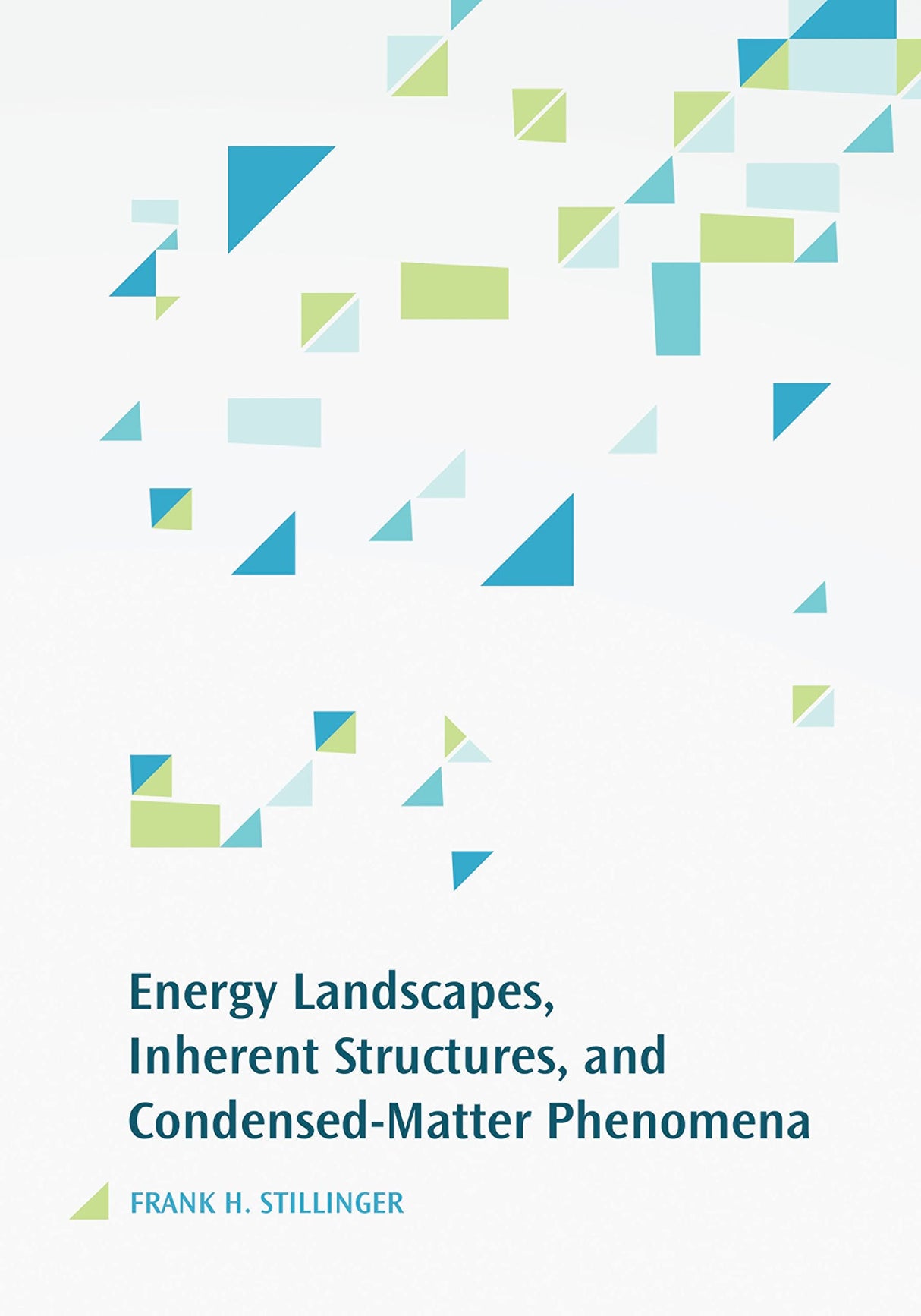Energy Landscapes, Inherent Structures, and Condensed-Matter Phenomena
Energy Landscapes, Inherent Structures, and Condensed-Matter Phenomena is backordered and will ship as soon as it is back in stock.
Couldn't load pickup availability
Genuine Products Guarantee
Genuine Products Guarantee
We guarantee 100% genuine products, and if proven otherwise, we will compensate you with 10 times the product's cost.
Delivery and Shipping
Delivery and Shipping
Products are generally ready for dispatch within 1 day and typically reach you in 3 to 5 days.
Book Details
-
Publisher: Princeton University Press
-
Author: Frank H. Stillinger
-
Language: English
-
Edition: 1st Edition
-
ISBN: 9780691166803
-
Pages: 528
-
Cover: Hardcover
-
Dimensions: 9.1 x 6.6 x 1.1 inches
About The Book
Potential Energy Landscapes and Probability Methods in the Study of Condensed Matter by Frank H. Stillinger is an authoritative and comprehensive exploration of potential energy landscape (PEL) theory, an analytical tool widely used to describe atomic and molecular interactions in condensed-matter phenomena. Drawing from the latest advancements in computational modeling, Stillinger expertly applies PEL theory to a wide variety of substances, including crystals, liquids, glasses, amorphous solids, polymers, and solvent-suspended biomolecules.
The book delves deep into the multidimensional potential energy hypersurface that emerges when many atoms or molecules interact simultaneously. Stillinger explains how this complex landscape separates into distinct "basins," each containing a local potential energy minimum or "inherent structure." Furthermore, he illustrates how to identify and classify the transition states—saddle points—that sit at the boundaries between these basins.
Through careful exploration of inherent structures and their attributes, including depth and curvature, the book guides readers toward a deeper understanding of how these landscapes translate into real-world properties. It is an essential resource for students, researchers, and professionals in condensed matter physics, chemistry, materials science, and related fields.
This text is crucial for practitioners interested in quantum mechanical or classical systems and provides new insights into numerical simulation computations for studying complex condensed-matter systems.





